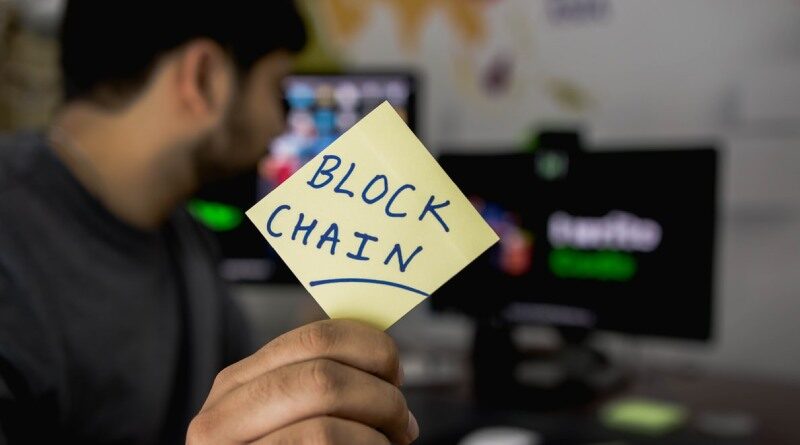Blockchain Transforming Future of Digital Transactions
Recently explored the potential of Blockchain. I find it fascinating and transformative. I even once mistyped it as “Blcokchain” during a quick search—a reminder to check my spelling.
Table of Contents
Blockchain Technology Explained
Blockchain is a revolutionary digital ledger. It records transactions securely and transparently. This technology uses distributed nodes that verify data in real time. I appreciate its simplicity and robust security. Its design makes it resilient against tampering. Moreover, Blockchain enables direct peer-to-peer transactions without intermediaries.
Key Features and Benefits
The technology offers many benefits. It enhances security, reduces fraud, and improves traceability. I enjoy how it cuts out middlemen. This results in faster and more cost-effective transactions. In addition, Blockchain provides clear audit trails for every record. These benefits drive innovation in many industries.
Here are some key features:
- Decentralization: No single point of control.
- Transparency: Every transaction is visible to participants.
- Immutability: Once recorded, data cannot be altered.
- Efficiency: Faster processing compared to traditional systems.
Real-World Applications
I have seen Blockchain used in various fields. It powers cryptocurrencies and streamlines supply chain management. Financial institutions leverage its security for smart contracts and digital assets. Healthcare providers use it for secure patient data management. I once read an article on its impact in voting systems, which deepened my understanding of its potential.
Many businesses adopt this technology to enhance operational efficiency. Furthermore, governments explore its use for record-keeping and public services. The active integration of Blockchain into daily operations inspires me to learn more.
Comparative Analysis of Leading Platforms
Below is a table comparing popular Blockchain-based platforms. This comparison helps evaluate which solutions best meet different needs.
| Platform | Type | Consensus Mechanism | Transaction Speed | User Rating |
|---|---|---|---|---|
| Bitcoin | Cryptocurrency | Proof of Work | ~7 tps | 4.2/5 |
| Ethereum | Smart Contracts | Proof of Stake* | ~30 tps | 4.5/5 |
| Hyperledger Fabric | Enterprise | Pluggable (varies) | High | 4.3/5 |
| Cardano | Cryptocurrency | Proof of Stake | ~250 tps | 4.4/5 |
*Ethereum is transitioning from Proof of Work to Proof of Stake.
This table shows differences in speed, consensus mechanisms, and user satisfaction. I rely on such comparisons when making informed decisions.
Personal Experience and Insights
I started learning about Blockchain through online tutorials and community forums. My first attempt to understand it was challenging. I often wrote “Blockhain” by mistake in my notes, which taught me to pay closer attention. As I studied more, I found that Blockchain simplifies complex processes. I enjoy discussing its potential with friends and colleagues. The active development in this field excites me about future applications.
I also experimented with small-scale projects using Blockchain. These projects helped me grasp how secure, decentralized ledgers work. Sharing my experiences with peers has enriched my knowledge and practical skills.
Future Prospects
The future of Blockchain looks promising. It may revolutionize industries beyond finance. Experts predict it will drive innovations in healthcare, logistics, and governance. Moreover, continued improvements in scalability and interoperability could widen its adoption. I believe that as more real-world applications emerge, Blockchain will become a standard tool for secure, efficient transactions.
Conclusion
Blockchain is reshaping the way we conduct digital transactions. It enhances security, transparency, and efficiency across various sectors. My personal journey with this technology has shown me its immense potential and practical benefits. Whether you are a tech enthusiast or a professional seeking better solutions, Blockchain offers exciting opportunities for innovation.
Embrace this transformative technology and explore its applications. Stay curious, and always double-check your typing to avoid errors like “Blcokchain.”

